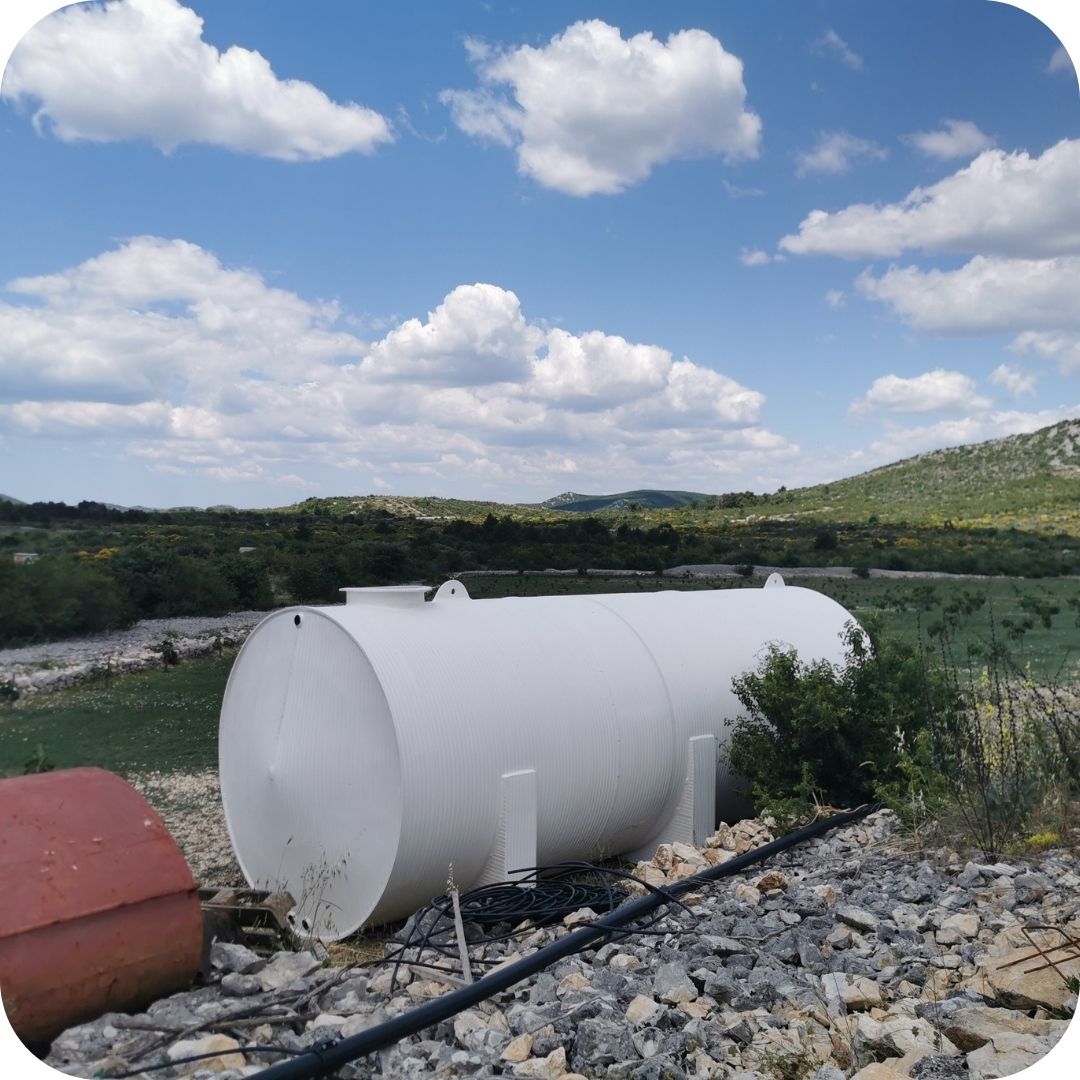Installation process includes the following steps:
- Positioning the tank on the trailer with the help of alignment guides that ensure accurate placement.
- Securing the tank using the provided anchoring points that easily connect with the trailer.
- Connecting the water fittings to the tank outlet, with the option to customize according to the irrigation system’s needs.
Thanks to the modular design and the provided quick-connect systems, the installation and dismantling of the tank can be done quickly and efficiently, without the need for specialized tools or lengthy procedures. This makes our plastic tank an ideal choice for farmers looking for an efficient, reliable, and mobile irrigation system.
How plastic tanks are made and their advantages?
Plastic irrigation tanks are manufactured using modern plastic processing technologies such as extrusion and rotational molding, utilizing high-quality materials like high-density polyethylene (HDPE). This technology allows for the production of sturdy and resilient tanks in various shapes and sizes, tailored to user needs.
The advantages of plastic tanks over other types of irrigation tanks are numerous:
- Durability and resistance to weather conditions: Plastic tanks are designed to withstand extreme temperatures, from -30°C to +60°C, and are resistant to UV radiation, extending their lifespan.
- Environmental friendliness: Materials like HDPE do not pollute the environment, making plastic tanks suitable for storing water used in irrigation.
- Ease of assembly and transport: Due to their relatively low weight compared to volume, plastic tanks are easy to transport and assemble..
- Adaptability: Various fittings and fixtures can be mounted on plastic tanks, according to the specific needs of users.
- Water tightness and hygienic safety: The quality of materials and manufacturing technology ensure that water remains clean and safe for use.








